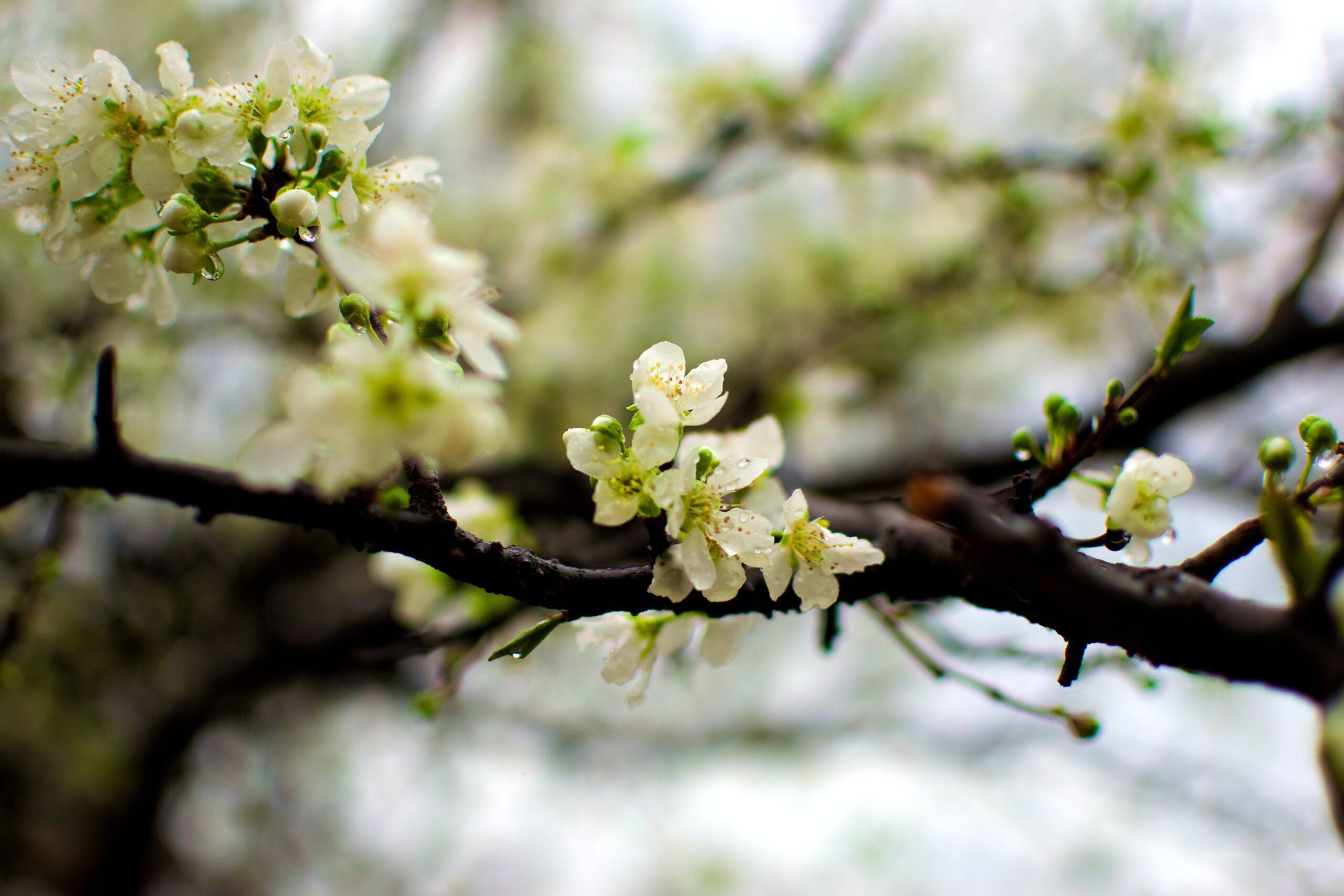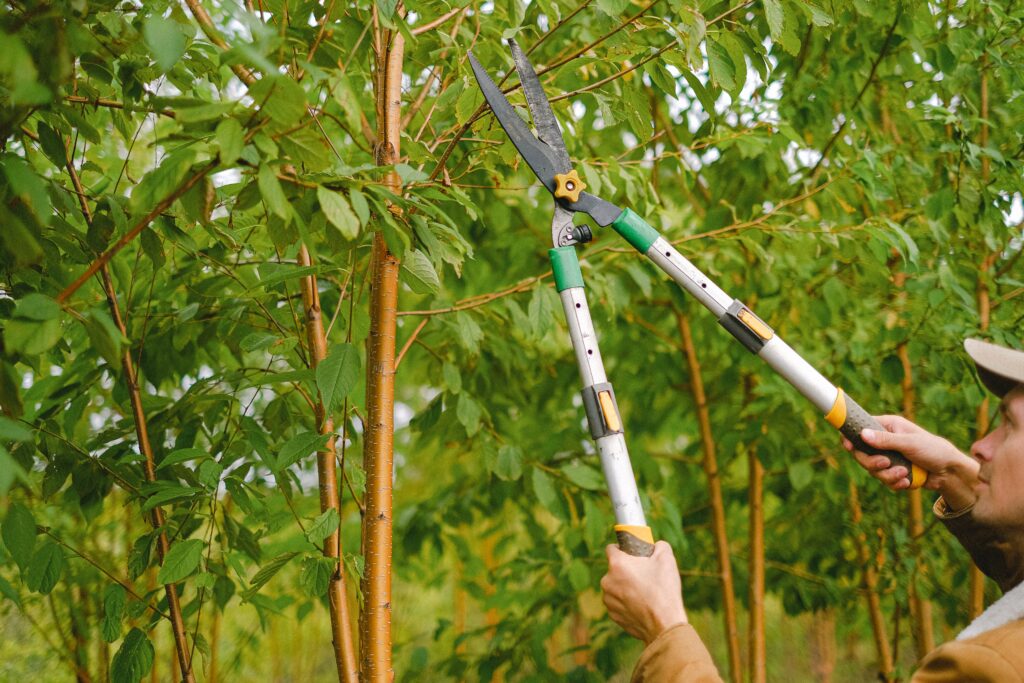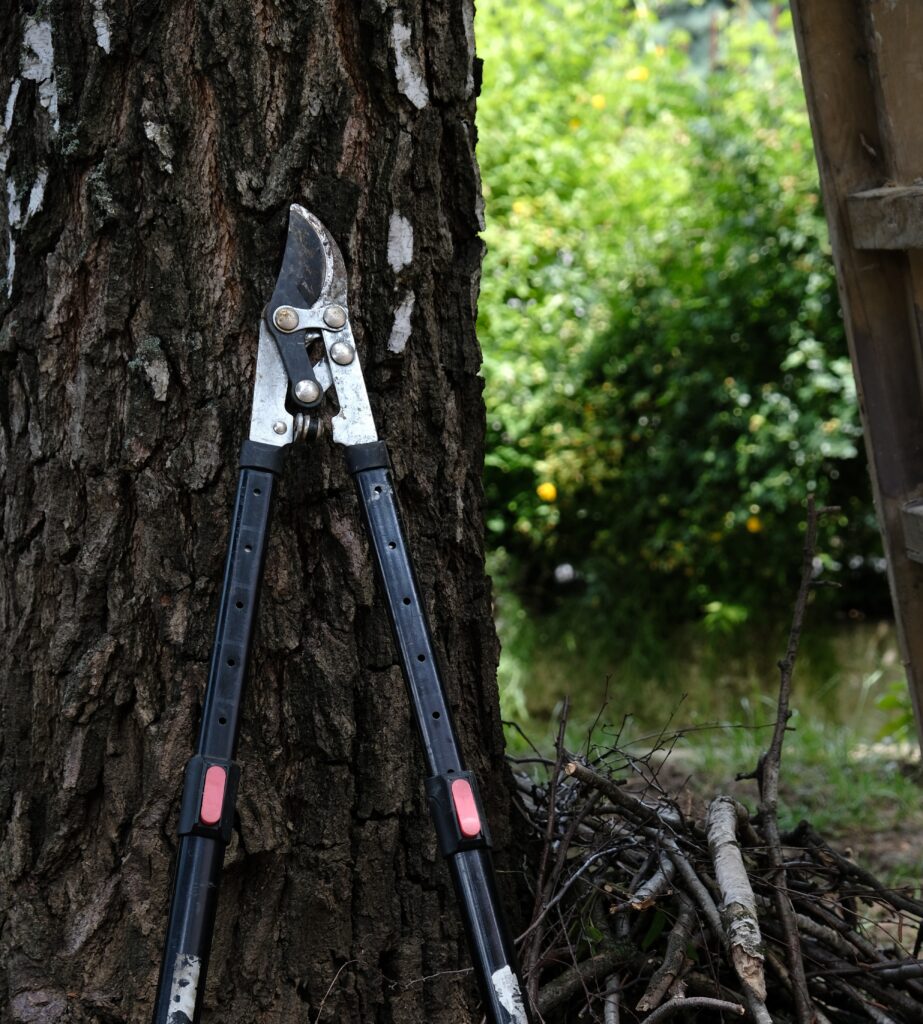
Tree Maintenance
Tree maintenance is a proactive approach to ensuring the health, safety, and aesthetics of trees within a particular area, such as a garden, park, urban environment, or forested region.
It involves a range of practices aimed at promoting the well-being of trees, preventing potential issues, and enhancing their appearance.


Tree maintenance is a holistic and science-based approach that combines the knowledge of arboriculture with hands-on skills. It not only preserves the beauty and health of trees but also contributes to the safety and sustainability of the environment in which they grow.
Regular, professional tree maintenance can extend the life of trees and provide numerous benefits to both property owners and the community as a whole.

The Process
- Assessment and Planning:
- The process usually begins with a thorough assessment by our certified arborist. They inspect the trees to determine their overall health, structural integrity, and any existing issues like diseases, pests, or safety hazards.
- Based on this assessment, a maintenance plan is developed. This plan outlines the specific needs of each tree, including pruning requirements, fertilization needs, pest control strategies, and any necessary remedial actions. All work will be performed with the certified arborist on site.
- Pruning and Trimming:
- Pruning is a common practice in tree maintenance. It involves selectively removing branches or parts of a tree to achieve specific objectives, such as improving structure, reducing risk, or enhancing aesthetics.
- Regular pruning helps remove dead or diseased branches, improve air circulation, and promote healthy growth.
- Fertilization and Soil Care:
- Fertilization is used to provide essential nutrients to trees, especially in urban environments where soil quality may be suboptimal.
- Soil aeration and mulching are also essential components of soil care, as they improve water and air circulation around the tree’s roots.
- Disease and Pest Management:
- We monitor trees for signs of diseases or infestations. Early detection is crucial for effective management.
- Depending on the issue, treatments may include the application of pesticides, fungicides, or other remedies.
- Root Health Assessment:
- Roots play a vital role in a tree’s health. Specialized techniques like root collar excavation can be used to inspect and address root health issues.
- Environmental Considerations:
- Environmentally responsible tree maintenance services take steps to minimize their impact on the environment. This can include recycling tree debris, using eco-friendly products, and promoting tree preservation.
- Regular Monitoring:
- Tree maintenance is an ongoing process. Regular inspections and maintenance activities ensure that trees remain healthy and safe over time.